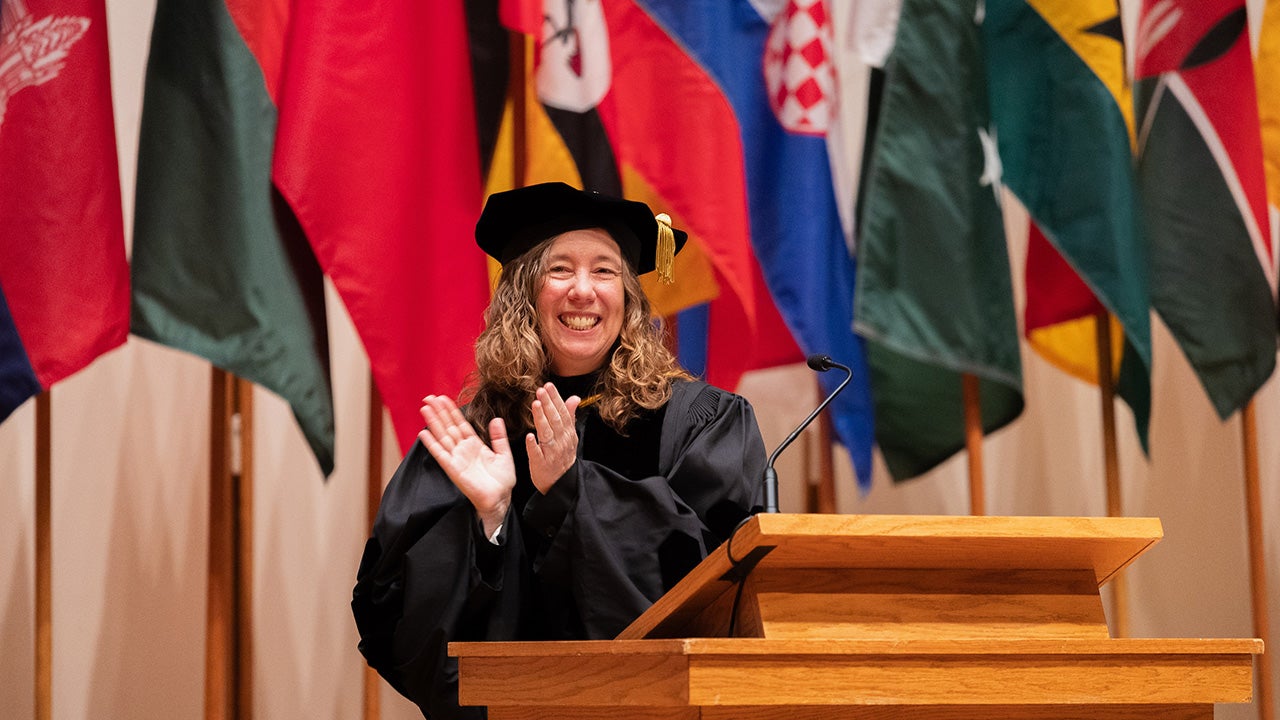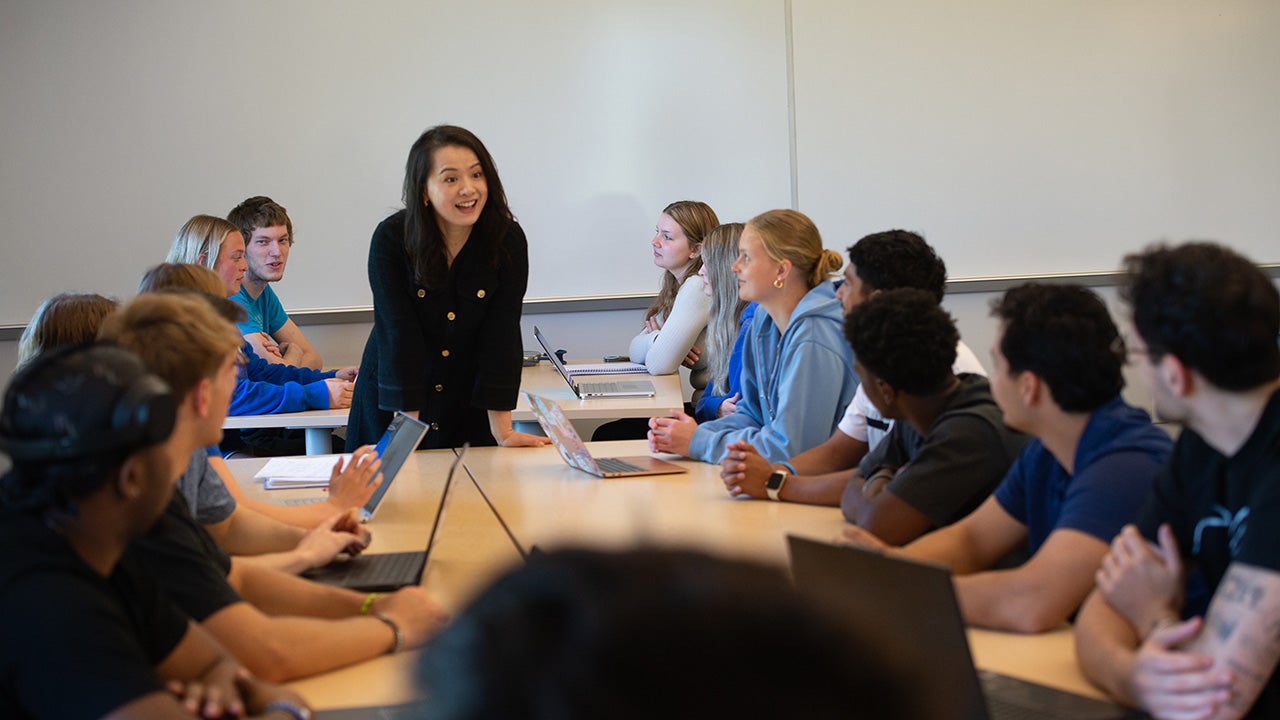Luther faculty Eric Baack and Jodi Enos-Berlage awarded $40,000 grant for research
Luther College’s Eric Baack and Jodi Enos-Berlage awarded $40,000 grant for research
A new water quality research project investigating water-borne disease-causing agents in Winneshiek County is underway. Eric Baack and Jodi Enos-Berlage, both professors of biology at Luther College, were recently awarded a $39,938 grant from the Iowa Center for Health Effects of Environmental Contaminants that will allow them to quantify levels of harmful bacteria and viruses in both ground and surface waters. Luther is the first small college to receive this grant in CHEEC’s 30-year history.
CHEEC supports environmental health research relating to environmental toxins. Its mission is “to determine the levels of environmental contamination which can be specifically associated with human health effects.” CHEEC grants are intended for pilot studies that stimulate innovative lines of environmental health research, create opportunities for additional external funding and promote the involvement of students in research activities””enhancing their educational experience and preparing them for their professional lives.
This summer, Baack, Enos-Berlage and a team of eight undergraduate students have been traversing the county, sampling water from streams, springs and private wells. The sampling included wells from all corners of the county, as well as Dunning’s Spring, Twin Springs and Siewers Springs; the Upper Iowa River; and Trout Run Creek, Dry Run Creek and Ten Mile Creek.
The project’s students, who are studying biology, chemistry or environmental studies at Luther, are seniors Claire Hamilton and Becca Mullenbach; juniors Jorge Chavez, Mitch Kaleso, Shau Khakda, Rachel Penningroth and Josh Tank; and sophomore Fadzai Teramayi.
The team uses ultrafilters, which are typically used for kidney dialysis, to filter 200 gallons of water from private well sources and 50 gallons from streams and springs (which are likely to have higher levels of microbes) in order to trap viruses and bacteria that are present. The team then sends the samples overnight on ice to their collaborator, Mark Borchardt, for analysis at the USDA lab in Marshfield, Wisconsin.
Previously, Baack, Enos-Berlage and Luther students have studied levels of E. coli and nutrients in area streams but have not been able to look at levels of disease-causing organisms, such as norovirus and Campylobacter bacteria. When Baack and Enos-Berlage analyzed data from the Iowa Department of Public Health to develop the grant proposal, they found that Winneshiek County had significantly higher rates of two water-borne diseases compared to the rest of Iowa: Campylobacter and hemorrhagic colitis caused by E. coli. They hypothesized the shallow soils and porous limestone rocks characteristic of Northeast Iowa make it possible for surface contaminants, including disease-causing organisms, to move quickly from surface to ground water, which supply wells and springs.
The research project can also reveal information about the contaminant source. Microbial markers specific to humans, cows and pigs are included, providing clues as to whether contaminants are coming from leaking human septic systems or run-off of livestock manure, for example. If pathogens are present in the absence of these markers, this result would suggest a different source, such as wildlife. A preliminary study in the summer of 2017 found that Dunning’s Spring had bacteria from both humans and cows present after a heavy summer rain.
For the present study, the team surveyed in locations and under conditions that would be at high risk for contamination. The wet spring and early summer in 2018 was ideal for this work, as heavy rains promote water (and contaminant) movement in both surface and groundwater. If the results of this initial study in Winneshiek County show significant risk of water-borne diseases under these select conditions, Baack and Enos-Berlage plan to apply for further grant funding to study a wider set of wells over a longer time period and more diverse set of conditions.
Once the team has the results, they hope to present them locally.
A national liberal arts college with an enrollment of 2,050, Luther offers an academic curriculum that leads to the Bachelor of Arts degree in more than 60 majors and pre-professional programs. For more information about Luther visit the college’s website: http://www.luther.edu.
Related Posts

Created by generous gifts from Luther community members, these endowed roles provide funds for special projects for the recipient.

Luther also remained ranked as one of the nation’s top liberal arts colleges and remained the second-highest ranked liberal arts college in Iowa.
Contact Information
Michelle Volkmann
Media Relations Specialist
Phone: 563-387-1417